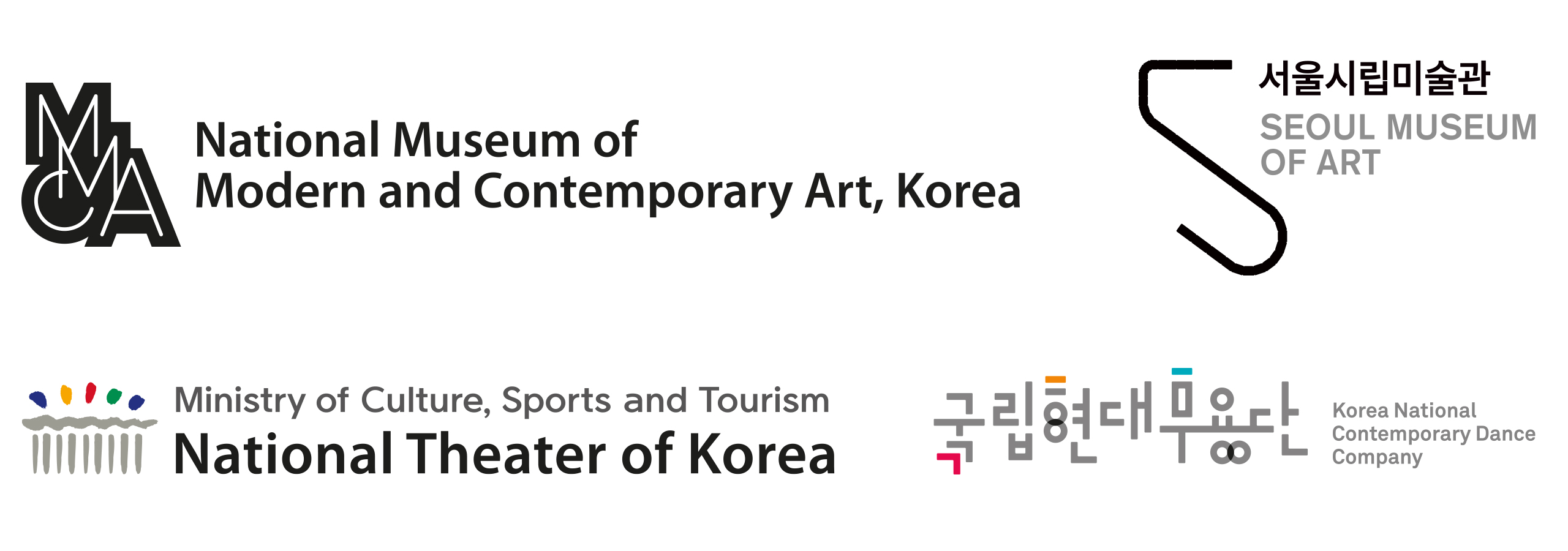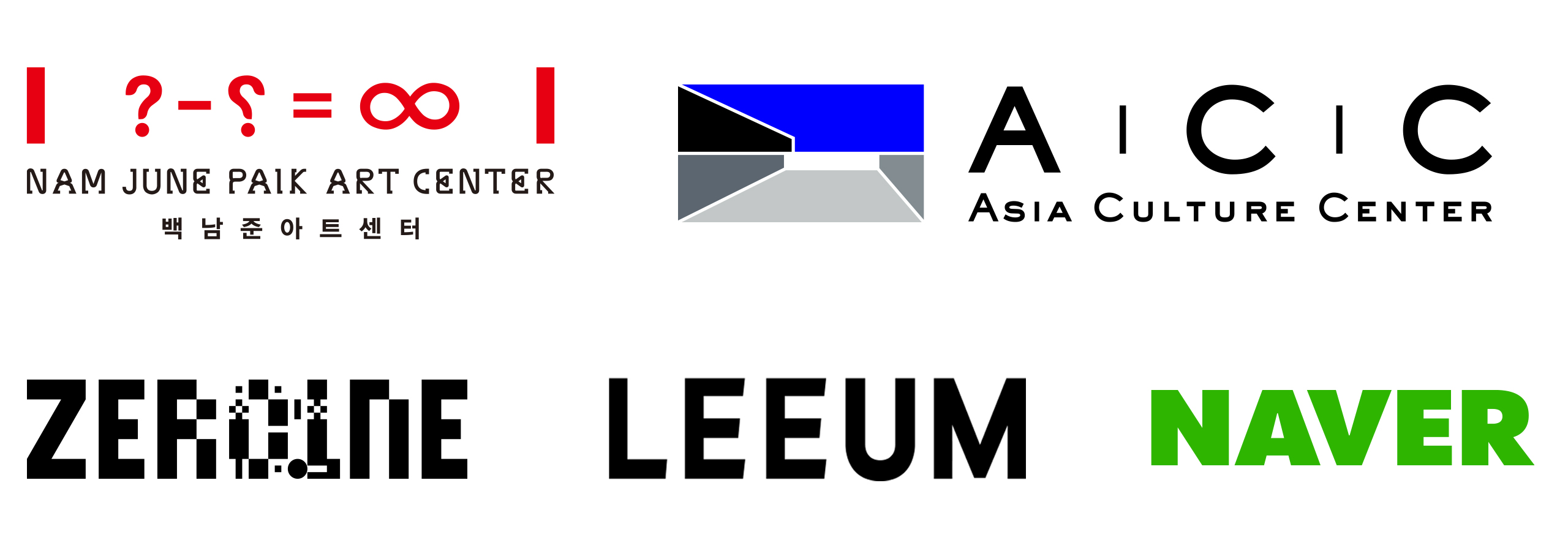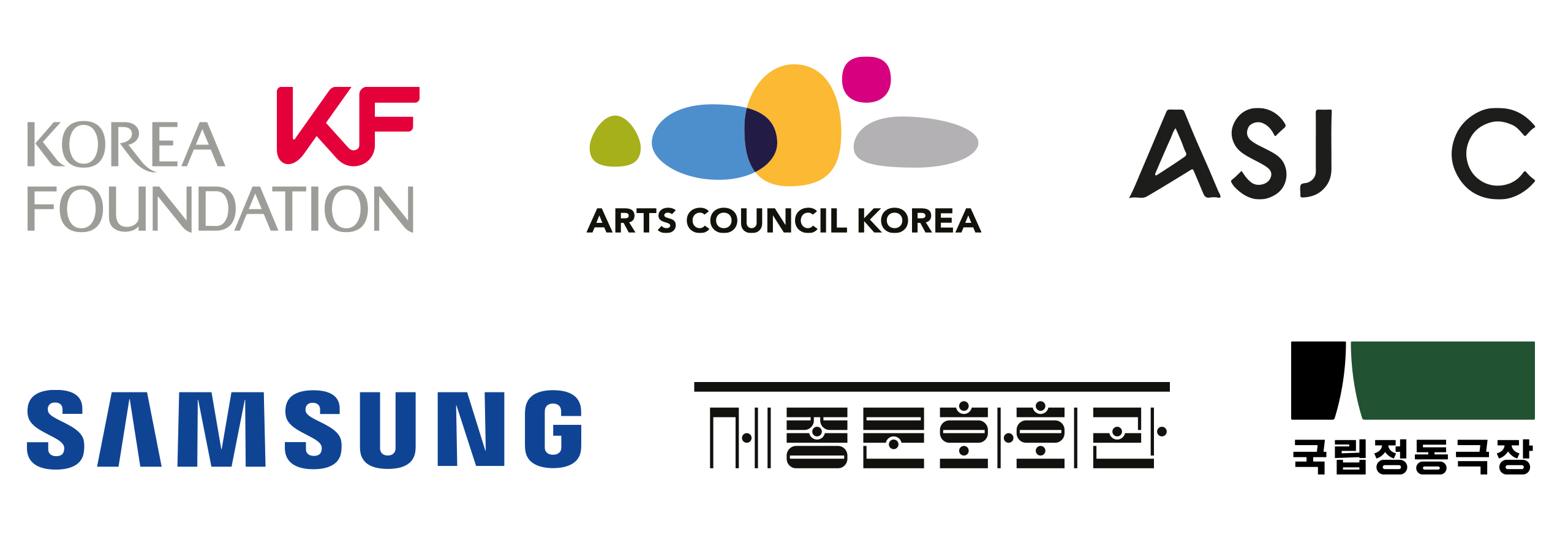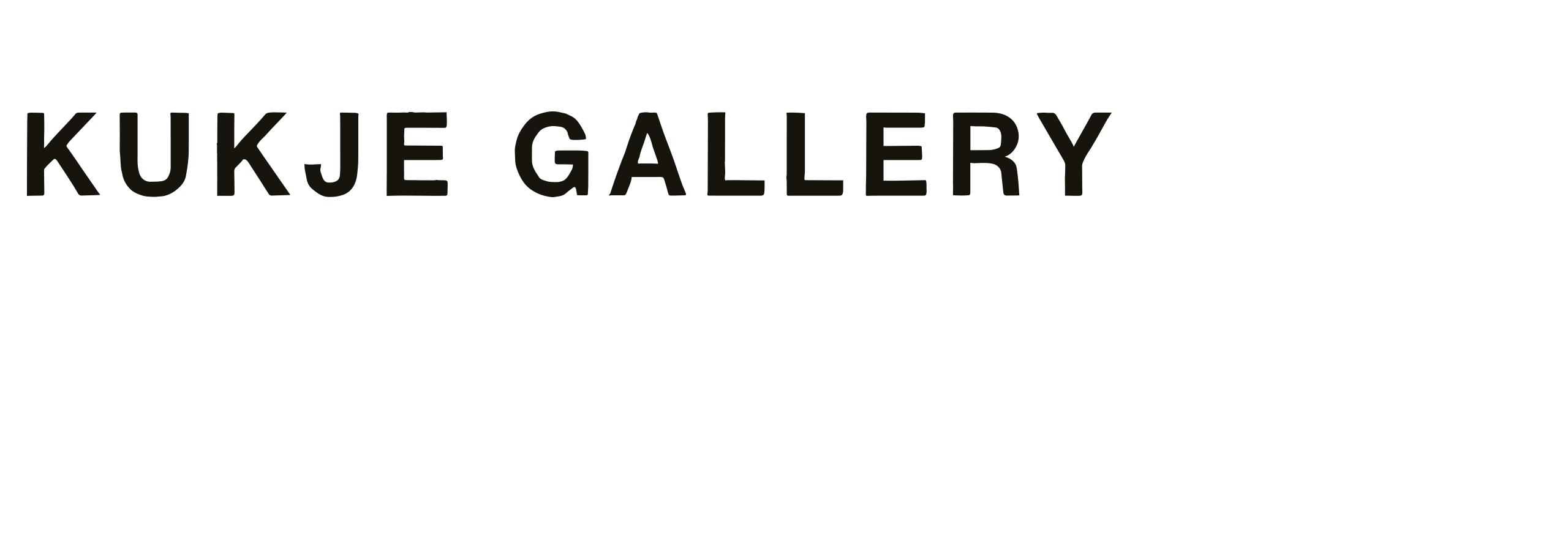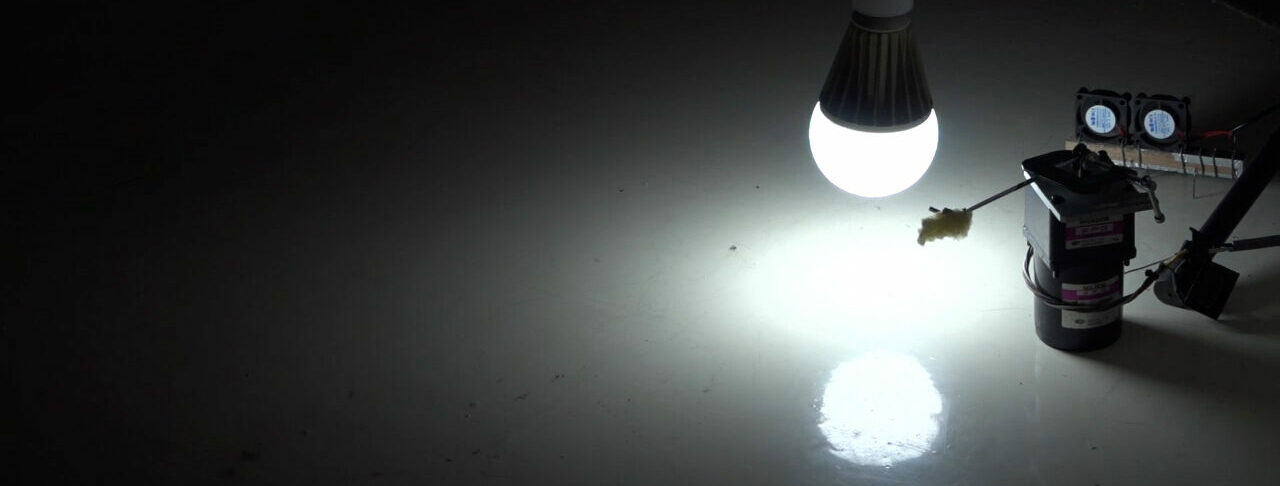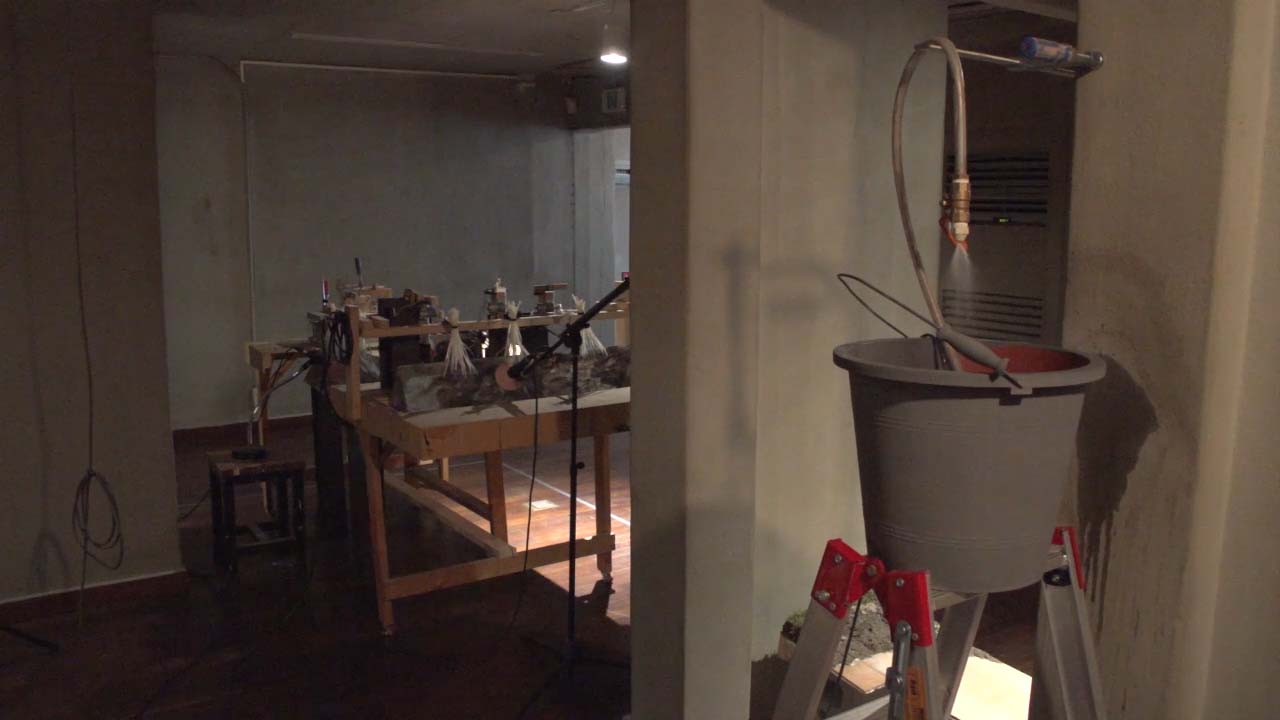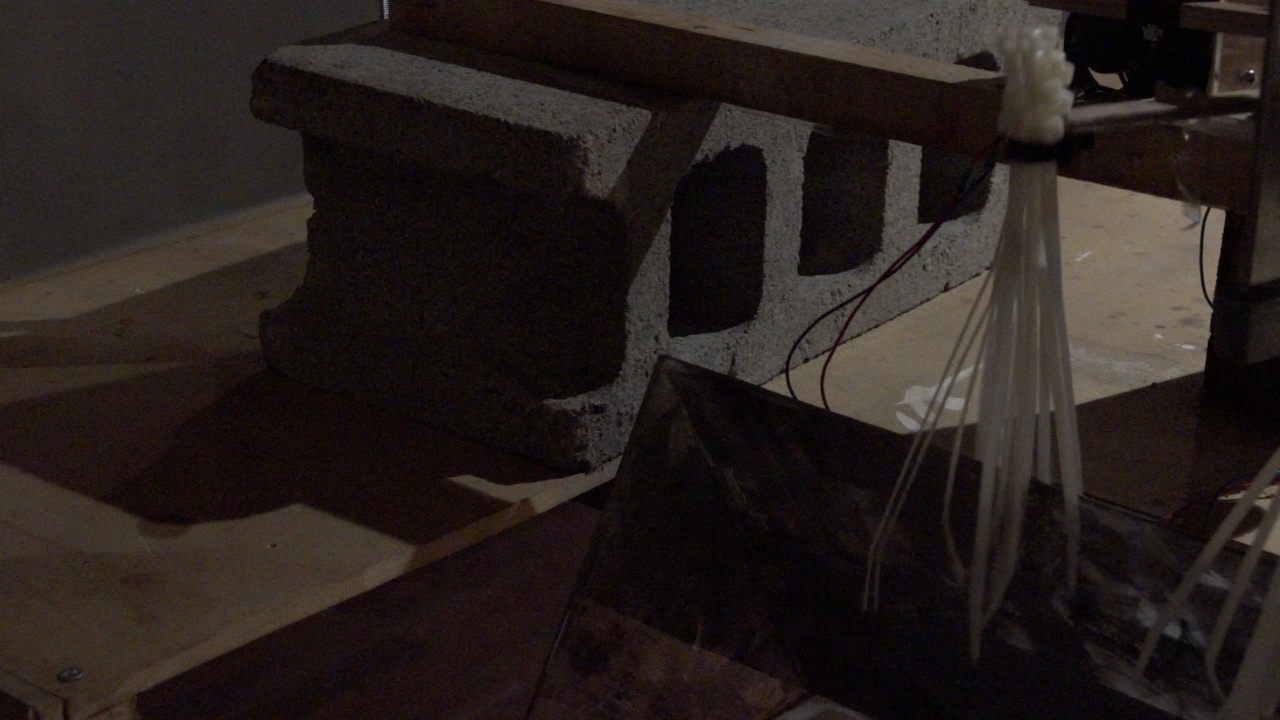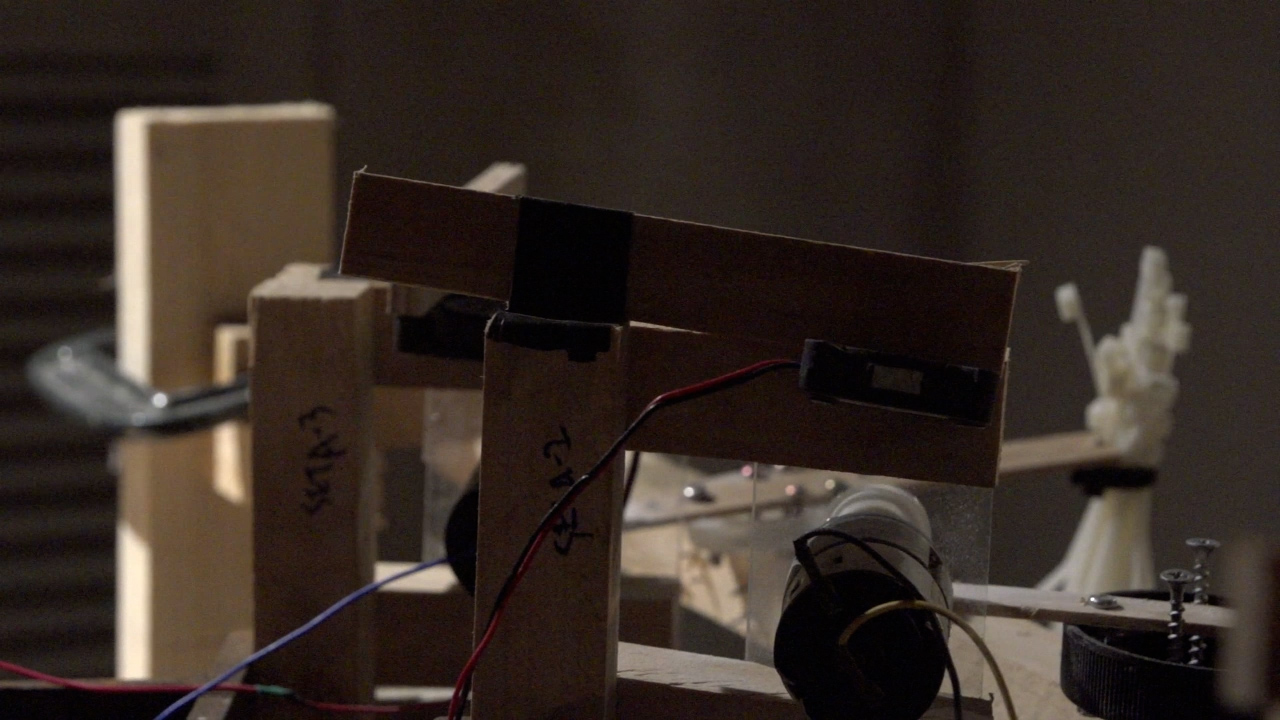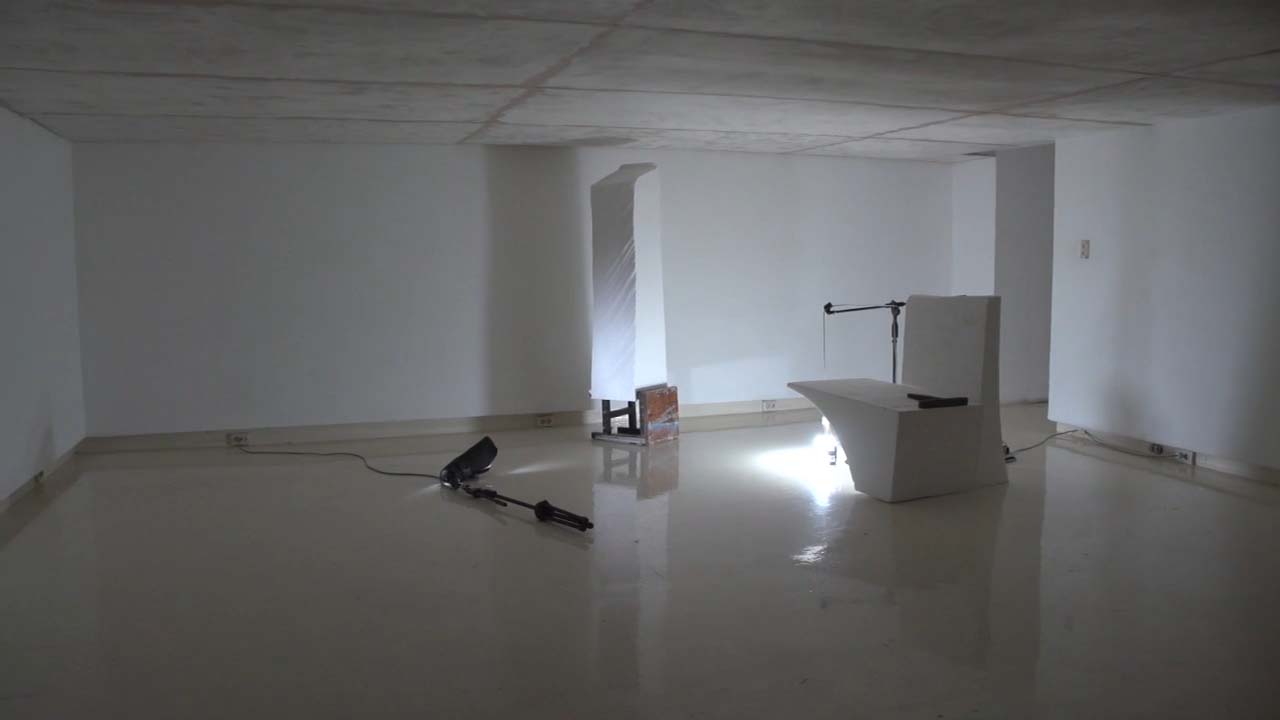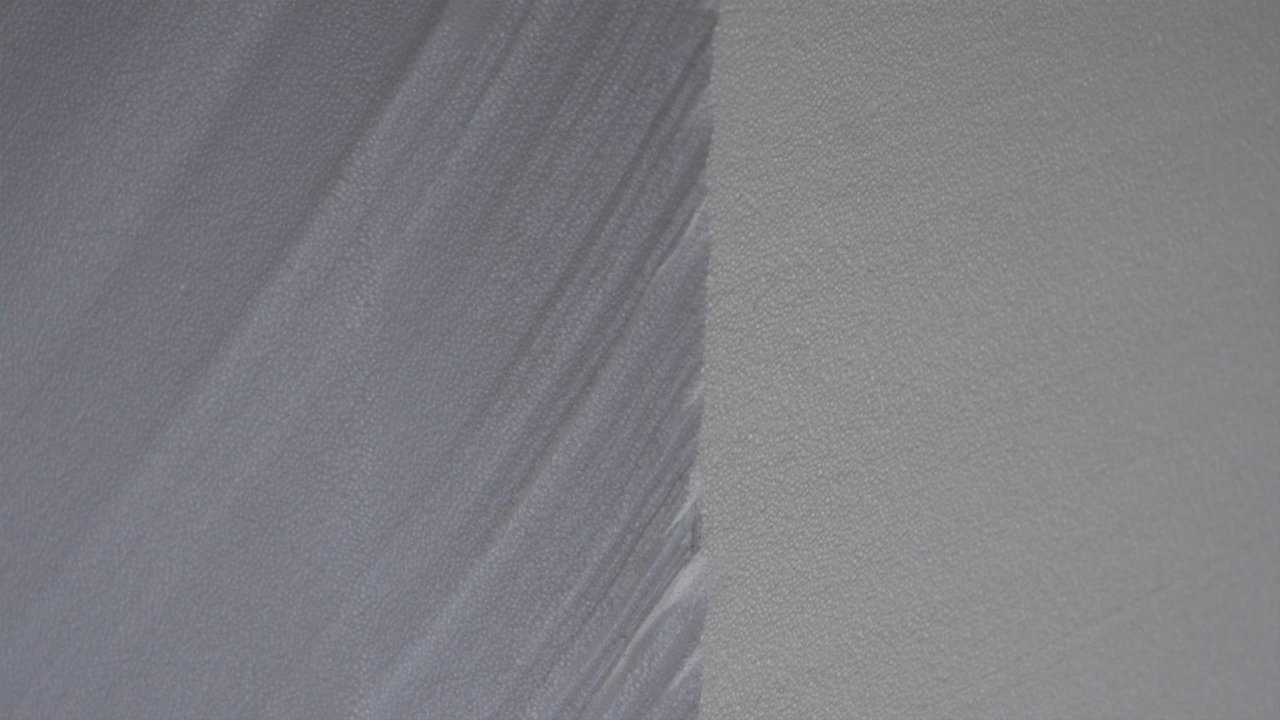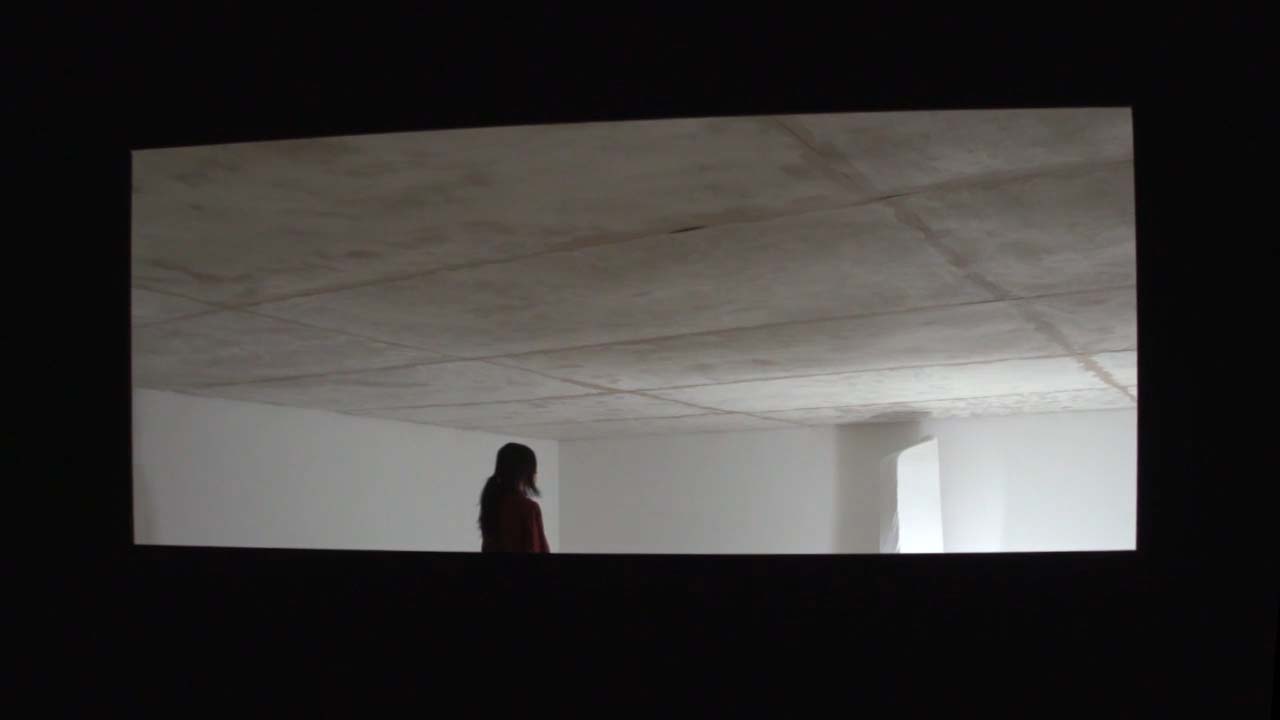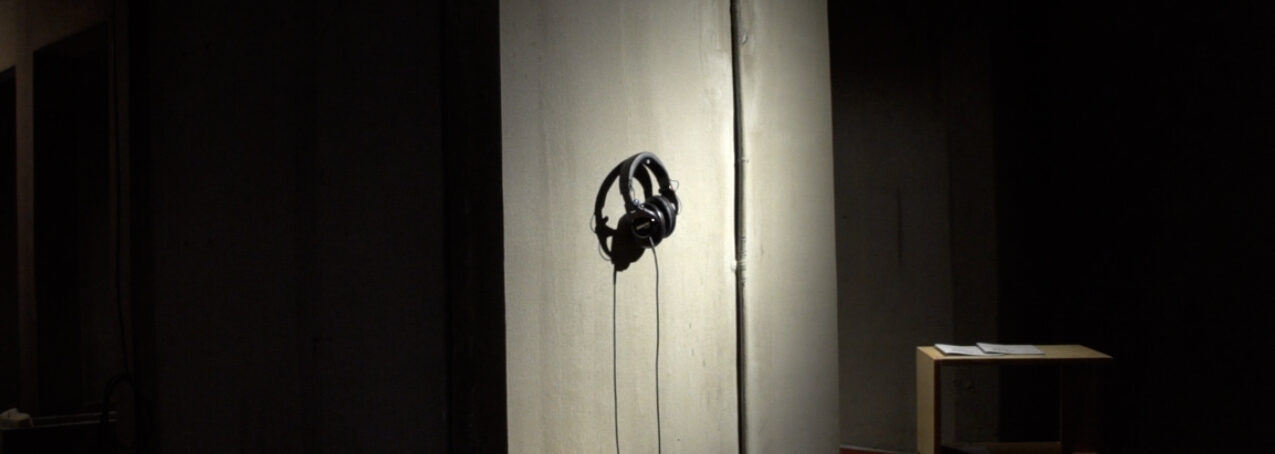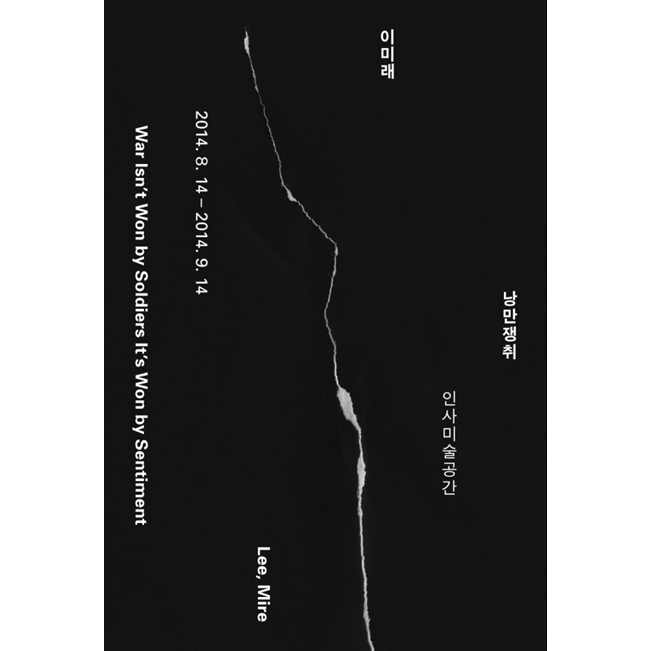“(…)그러나 내게도 분명 골몰하는 예술가에 대한 향수는 있다. 하지만 순수보다는 무슨 순수를, 어떤 당위로 지향하고 있는 것이냐는 질문이 앞선다. 나는 도취될 수 있는 구심점을 잃어버렸거나 애초에 가진 적이 없었고 그래서 모든 감상과 나아가 작업 자체는 나에게 있어 신체 내 미지의 기관으로부터 샘솟는 것이 아니라 달려가 거머쥐어야 하는 무엇이 된다(…)_이미래 작가노트 중
낭만은 ‘행복해지는 것이 나의 꿈’이라는 누군가의 소박한 말에서 시작한다. 소박함의 뒤에는 의심과 불확신, 헤아릴 수도 없이 세분화된 결핍과 욕망들이 위아래도 없이 쌓여 있다는 것을 알고 있음에도 불구하고 말이다. 세계의 개입과 간섭은 항상 소박한 꿈이 이루어지기 전에 작용할 것이고 그러기에 이미 소박함은 소박함을 잃고 ‘달려가 거머쥐어야’ 하는 어떤 것이 되는 동시에 점점 더 거대해져 다가가기 어려운 것으로 멀어지기도 한다. 대상으로의 ‘소박함’은, 이루어진 결과보다 그것을 떠올리며 상상하는 것으로써 가장 그것에 가까워지는 것일까?
<낭만쟁취>는 낭만에 대한 정의에 앞서 ‘낭만’이라는(혹은 그것이 예술인지 낭만인지, 무언지 알 수 없을지라도) 궁극의 대상을 대하는 태도와 상태 자체에 대한 이야기이다. 이번 전시에서 시도하고자 하는 것은, 작업을 한다는 것에 대한 젊은 작가의 고백을 전하는 일일 것이다. 이미래는 파편화된 조각재료와 느슨한 연결장치를 동원하여 물리적인 작업의 신체를 고안하면서 ‘낭만’의 크라이막스를 느끼는 대신 쟁취하는 방식을 만들기 위해 분투한다.
출처 : 한국문화예술위원회 홈페이지
“(…) However, I, too, undoubtedly have a longing for the engrossed artist. But before notions of purity, I am confronted with the question: what kind of purity, and with what justification is it pursued? I have either lost—or perhaps never possessed—a center of intoxication. As a result, all sentiments and even the act of creation itself are not something that well up from an unknown organ within my body, but rather something I must run toward and seize (…)”
— From Lee Mirae’s artist note
Romanticism begins with a modest statement like “My dream is to be happy.” Even while knowing that behind modesty lies doubt and uncertainty—an endless layering of subdivided lacks and desires—we still hold on to it. The world’s interference and intervention always act before such modest dreams are realized, and thus modesty loses its simplicity and becomes something one must “run toward and seize.” Simultaneously, it grows more massive and recedes further from reach. Perhaps “modesty” as an object is closest not in its realization but in the act of imagining it.
is less about defining “romance” and more about the attitude and condition of approaching such an ultimate object—whether we call it art, romance, or something else altogether. What this exhibition attempts is to express a young artist’s confession about what it means to create. Using fragmented materials and loosely connected elements, Lee Mirae invents the physical body of the work, striving not to feel the climax of “romance” but to construct a method of seizing it.
Source: Arts Council Korea website


